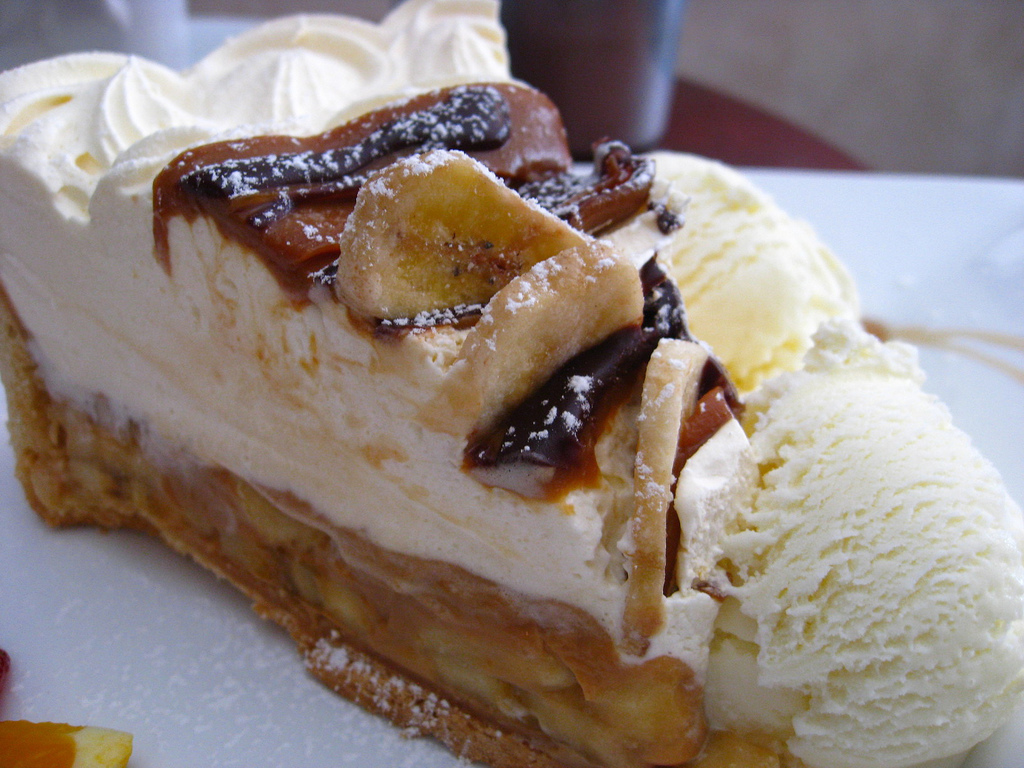For a while I thought that the British just really liked pudding.
I mean, I have nothing against it. My old roommate, Melody, can make just about the most delectable banana pudding you have ever consumed (I think it’s actually mostly cream cheese and condensed milk). But besides Mel’s banana-infused Turkish Delight, I have always listed the viscous dish way down the favorite dessert list. Like near black licorice and raisins.
Over here, though, everyone is talking about pudding. People were asking me if I would like pudding and what I would like for pudding and what’s my favorite pudding. They would gaze at me with blatant disbelief (well, blatant for a Brit) when I very honestly said that I don’t usually care for pudding.
A brighter bulb than I would have realized much sooner that pudding is a catch-all word for dessert. Much like Coke in the South, pudding can mean any number of after-dinner delicacies. “What’ll you have for pudding?” simply means “What do you want for dessert?”.
It’s nice in a way, because you don’t have to remember how many S’s are in pudding.
I’ve got the hang of it now, and I no longer pretend to be a person who doesn’t care for pudding.
Nowhere is the British attitude toward pudding more pronounced than that most fabled of cultural activities: The Church Potluck.
This past Sunday’s meal being my first church potluck, I tried to hang behind my friend Serena and watch her movements in my “Jessi’s trying to not humiliate herself" mode that has become a habit. The pudding table was laden with more than a dozen options and I wasn’t sure what kind of custard went on which sponge and how much people were taking and if the raspberries were for the cheesecake looking thing or the chocolate cake.
Turns out, I didn’t have to worry. No matter what you call it, dessert is dessert, and the only rule seemed to be “don’t leave anything out.”
But there was one dish that definitely outshone them all.
I could hear the excited buzz of conversation building as I approached the table in the slow-moving queue.
“Ooh, banoffi pie!”
“Someone made banoffi pie.”
“I hope there’s some of that banoffi pie left.”
My curiosity couldn’t help but be piqued. Banoffi pie sounds like something you concoct when you’re five years old and your mother has turned her back in the kitchen. She returns after running to the end of the driveway to get the mail and you’ve emptied the contents of the fridge into a pie pan.
“Look, Mom! I made some picklemustardnoodle pie with ketchup frosting!"
In fact, banoffi pie is a popular British dessert that involves a complex recipe.
The name comes from the two dominant ingredients...wait for it...bananas and toffee.
In the books, it looks like this:

At church, it looked like this:

But I’m sure that’s because of my poor scooping abilities and that unforgiving fellowship hall lighting.
It was good.
Maybe a little sweet.











